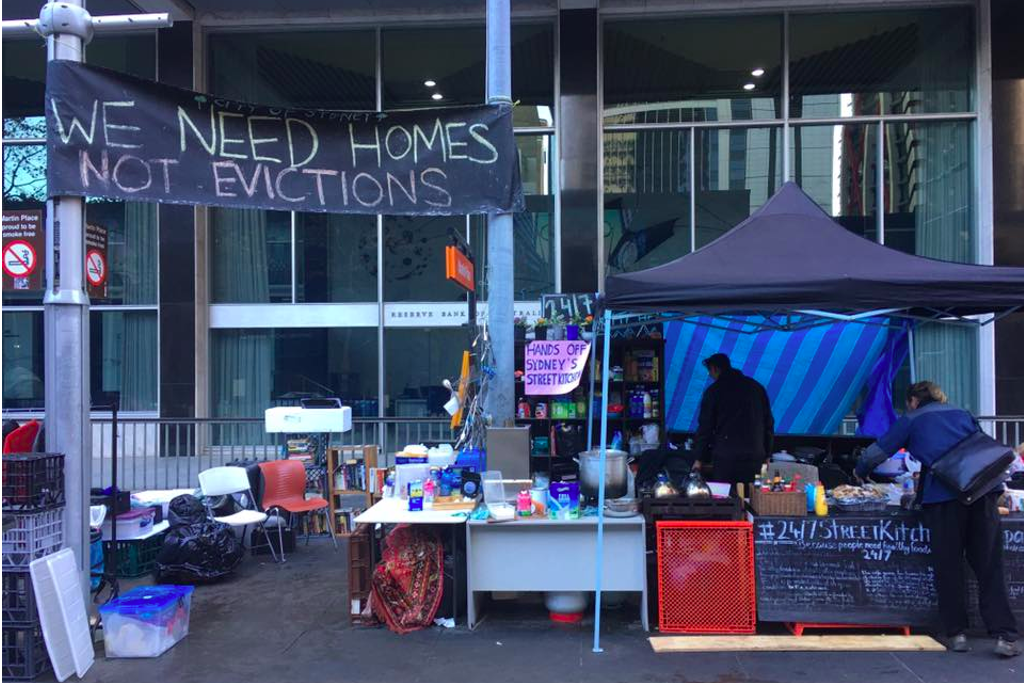“An International Embarrassment”: Homelessness In Australia Has Increased Dramatically
"We cannot afford to ignore this situation any longer."

Homelessness has been on the rise in Australia since 2011, according to new data experts have described as “an international embarrassment”.
The Australian Bureau of Statistics released homelessness data from the 2016 Census yesterday, revealing that 116,427 people in Australia were homeless on Census night — up from 102,439 in 2011.
The rate of homelessness relative to the population rose nationally, but rose especially steeply in NSW, increasing by 27 percent between 2011 and 2016. And while the ABS definition of homelessness is quite broad, including those in precarious or inadequate housing, the number of people sleeping on the streets, in tents or improvised dwellings specifically rose from 6,810 to 8,200 over that period.
Young people, old people, migrants, and Indigenous people were just a few of the groups who were especially vulnerable to homelessness. While the rate of Indigenous homelessness has decreased slightly since 2011, First Nations Australians still make up at least 20 percent of all homeless people, despite representing only three percent of the total population.
Nearly 60 percent of homeless people in 2016 were under 35, and 40 percent of the increase in homelessness was in the 25-34 years age group. 15 percent of the homeless population in 2016 arrived in Australia within the last five years.
Mission Australia CEO James Toomey said the figures were sadly not surprising at all — “it’s what our services and others across the sector have experienced for years.”
“It is an international embarrassment caused by the long-term absence of a national co-ordinated plan and the lack of a serious commitment to building new social and affordable homes,” he said.
“We cannot afford to ignore this situation any longer. Safe and secure housing provides the platform for children to attend school, adults to work, people to be healthy and communities to thrive.”
“Let us not forget that behind those numbers are thousands of men, women and children who are living in the most precarious situations, forced to sleep on the street, or in a car or on a couch at a friend’s house or to live in severely overcrowded dwellings. Homelessness forces people into vulnerable and dangerous situations and unsuitable transient places.”
Homelessness Australia and Mission Australia are both calling for urgent government action to address the problem of homelessness. Their suggestions are pretty straightforward: the government needs to invest in affordable housing, boost Centrelink payments, review tax breaks given to property investors and consider redirecting that money to affordable housing — you know, the same things experts and people with basic human decency have been suggesting for years as a potential solution.
You can find the updated Census data with explanatory notes from the ABS here.
